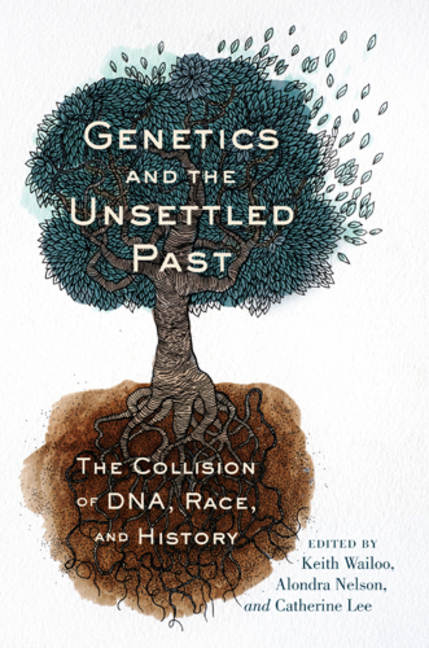Race Mixture and Physical DisharmoniesPosted in Articles, Health/Medicine/Genetics, Media Archive on 2011-12-31 21:33Z by Steven |
Race Mixture and Physical Disharmonies
Science Magazine
Volume 71, Number 1850 (1930-06-13)
pages 603-606
DOI: 10.1126/science.71.1850.603
W. E. Castle (1867-1962)
Bussey Institution, Harvard
Professor H. S. Jennings in his recent book on “The Biological Basis of Human Nature” devotes a chapter to the subject of race mixture and its consequences. Considering first the purely physical results, he mentions both advantages and disadvantages resulting from wide racial crosses. As an advantage he reckons hybrid vigor and the covering up in the immediate offspring of any recessive defects which may be present in cither parent race. As a disadvantage he mentions possible disharmony in details of structure. It is to this latter point that I wish to give brief consideration, as it is a matter of considerable biological importance apart from its human interest Jennings says, on page 280:
Working probably to the disadvantage of some race mixtures in man is the fact that certain human races differ in such ways that union of their characteristics may yield combinations that are in details inharmonious. In the mixture of races found in the United States, as Davenport has pointed out, some of the stocks differ greatly in physique from others. Some are smaller, having organs that go with a small body—small heart, small kidneys, small jaws, small teeth; such on the whole are the racesj that come from the Mediterranean region of Europe. Others have large bodies, with large kidneys, heart, jaws, teeth, and other organs.
Judging from what occurs in other organisms, when such diverse races are crossed, the offspring, receiving genes from both sides, may well develop combinations of parts that lack complete harmony. If a large body is combined with small kidneys, the latter may be insufficient for the needs of the individual. Or a large body might be combined with a small heart that would not keep the blood properly circulated. Large teeth, resulting from the genes of one parent, may be crowded in a small jaw that results from the genes of the other parent. In consequence the teeth decay. Partly to it, Davenport (by whom the examples) given above are suggested) ascribes the prevalence ut defective teeth in the United States. According to him, crowded and defective teeth are less common in nations with races less mixed.
It is difficult to measure with certainty lack of harmony between body size and size of kidney or heart, so that direct proof that the possible inharmonious combinations mentioned above actually occur in man as a result of mixture of races is not available. But the occurrence of inharmonious combinations of certain bodily parts as a result of race crossing has been observed both in man and in other organisms. A striking case of this kind in the dog—comic rather than tragic in its consequences—is described by Lang. A great St. Bernard dog was crossed with a dachshund. Some of the progeny had the large heavy body of the St. Bernard, resting on the short crooked legs of the dachshund. The result (figure 49) was neither beautiful nor efficient.
Tho occurrence of inharmonious combinational, in human race crosses, has been shown with respect to parts of the body that are measurable, in the recent study…
Read or purchase the article here.
